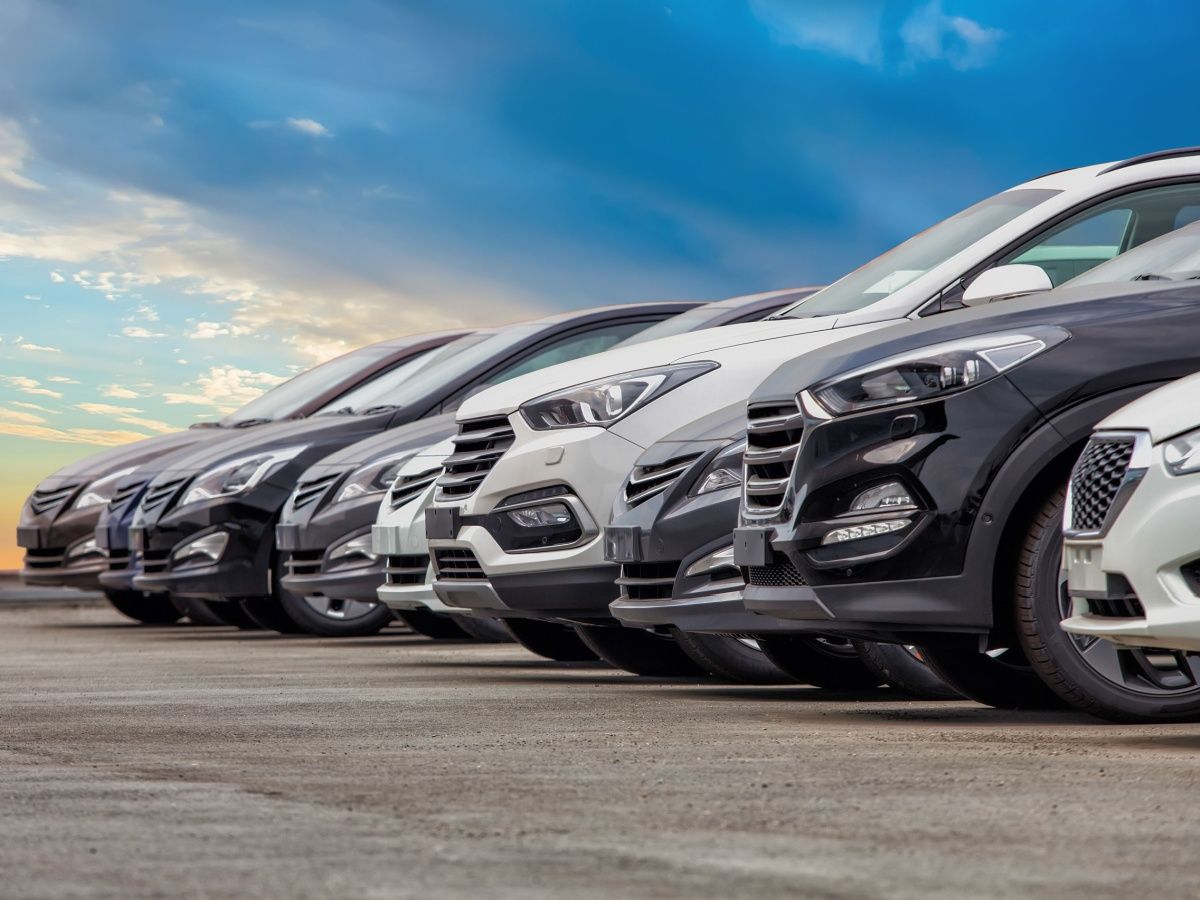Market News
GST rate cut on cars: Large cars and SUVs could cost less, smaller cars to be cheaper; check details

3 min read | Updated on September 04, 2025, 11:09 IST
SUMMARY
Auto stocks post a sharp rally on Thursday morning after the GST rate cut announcement. The new GST slab rates for small cars could make them more affordable, while large cars, SUVs and luxury cars could see little change with a higher GST rate of 40% flat, without any additional cess

SUVs to attract 40% GST without any additional cess. Image source: Shutterstock.
The GST council meeting concluded with a major turnaround in the rates as the council adopted two-tier GST rates at 5% and 18%. The GST Council, headed by the Finance Minister Nirmala Sitharaman, announced the new rates and the categories attached to them.
Following the announcements made by Prime Minister Narendra Modi on Independence Day, the market enthusiasts, investors, and experts were optimistic about a major shift in the indirect tax system. Most of the new categories announced today now attract significantly lower GST than earlier.
However, market experts and analysts expect a mixed reaction from the auto industry. Here is why.
GST rates for the smaller cars were reduced from 28% to 18% for cars with an engine displacement of 1200 cc and below 4000 mm. Meanwhile, luxury cars or SUVs which are 1200 cc (petrol) and 1500 cc (diesel) and 4000 mm will continue to attract a higher GST rate of 40%, which is effectively less than the 50% earlier, including 28% GST and 22% cess.
For the two-wheeler industry, bikes above 350 cc will continue to attract higher GST rates, and bikes below 350 displacement will require 18% GST, down from 28%.
The new rates are welcome from the industry demand point of view, which is witnessing a slowdown in demand. However, the recent trends in the industry highlight rising demand for higher displacement cars.
As the consumption story in India progresses, demand for mid-to-high-end cars has increased rapidly. The small cars below the 1200 cc engine displacement now account for nearly 30% of the total sales, while the remainder is contributed from large vehicles.
| Car Manufacturer | Cars < 1200 cc and 4000 mm | Cars > 1200cc and 4000 mm |
|---|---|---|
| Maruti Suzuki | ~40% | ~60% |
| Hyundai | ~30% | ~70% |
| Tata Motors | ~15% | ~85% |
| Mahindra & Mahindra | ~5% | ~95% |
| Kia | ~10% | ~90% |
| Honda | ~8% | ~92% |
| Toyota | <5% | >95% |
| MG | <5% | >95% |
Source: Vahan Portal
In summary, cars below the 1200 cc and 4000 mm displacement get significantly cheaper. Meanwhile, cars above the 1200 cc and 1500 cc and 4000 mm displacement get less cheap with the exclusion of additional cess. The SUVs, luxury cars, and sedans also get cheaper, but by a smaller margin than smaller cars depending on the fuel type.
According to the above data, the automobile manufacturers are expected to see a mixed impact with a higher share of cars above 1200 cc and 4000 mm. Maruti Suzuki and Hyundai could be the primary beneficiaries of the new GST rates, while Mahindra & Mahindra and Tata Motors could see a smaller impact due to the high composition of large cars.
However, the exact impact is yet to be derived, and auto and car manufacturers are waiting for more clarity on the new structure.
About The Author
Next Story


